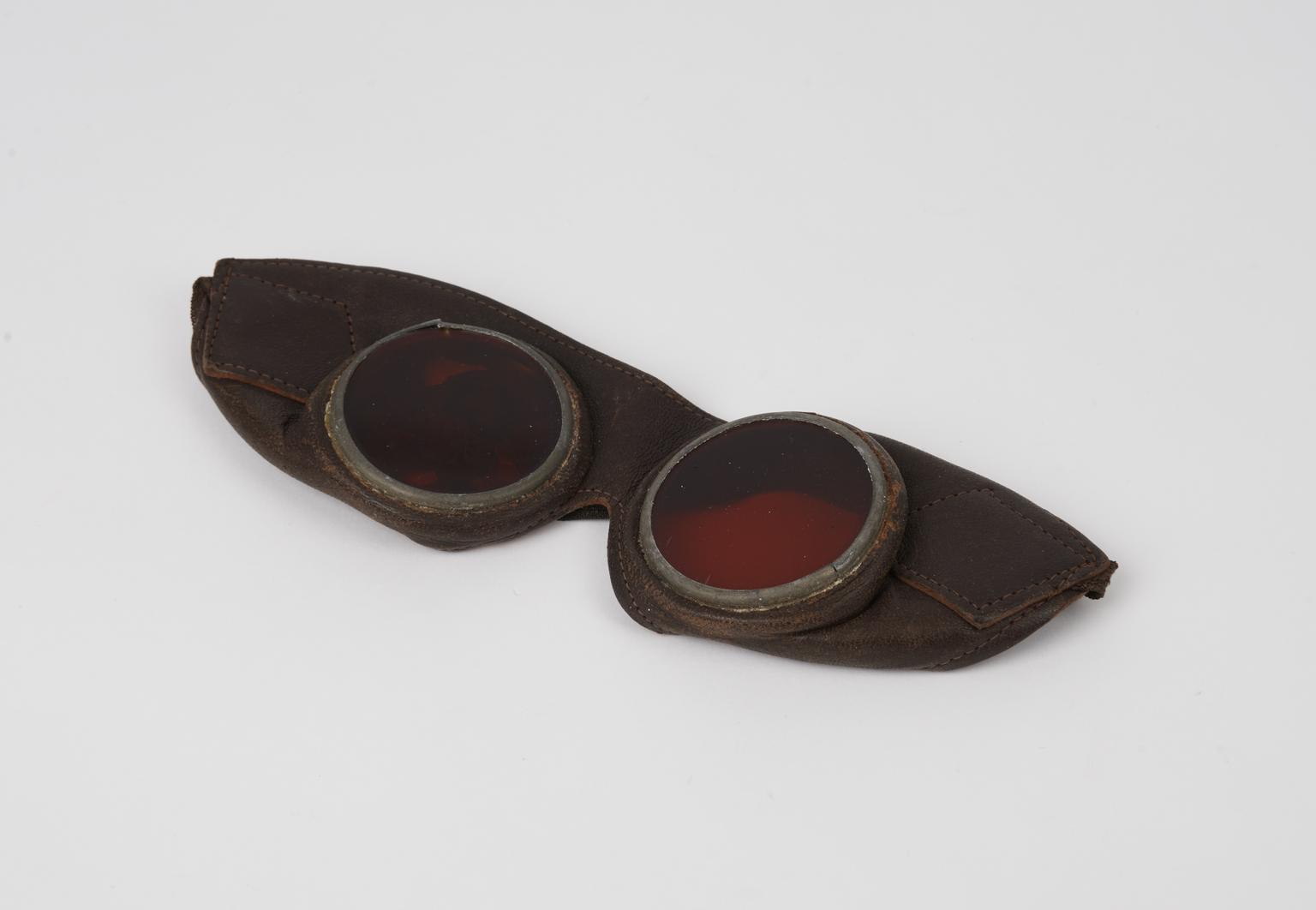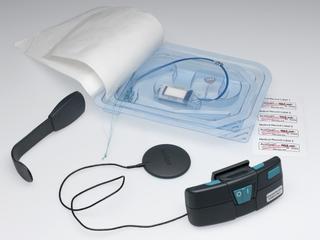
'Vi-tan' mercury vapour lamp with socket/cord
'Vi-tan' mercury vapour lamp with socket/cord, made by The Thermal Syndicate Ltd., Wallsend in 1936, sold as bringing 'health to the sunstarved', made of oak, chromium plates and quartz glass
More
In the 1920s, having a ‘Vi-tan’ lamp at home was advertised as a way to artificially capture the benefits of sunlight. The company’s slogan for the lamp was to have “summer in winter” providing you with ultraviolet rays "most active in tanning, beautifying, and tonic qualities". Included with the lamp were a set of goggles, to protect the user’s eyes. However, the lamp was expensive, and you also needed a reliable electricity source at home.
Light therapy was developed in the late 1800s and early 1900s as a popular treatment for a wide range of conditions. Carried out with both natural sunlight and artificial light, UV rays were thought to be most beneficial. Their use was found to disinfect wounds and boost vitamin D production, essential for bone growth. Niels Ryberg Finsen popularised light therapy and won the Nobel prize in 1903 for his work using it to treat the lesions left by smallpox and tuberculosis of the skin. However, its uses and benefits were widely discussed and sometimes disputed in the medical and popular press.
- Materials:
- chromium plated , oak (wood) and quartz glass
- Object Number:
- 2019-226/1
- type:
- lamp
- Image ©
- The Board of Trustees of the Science Museum






